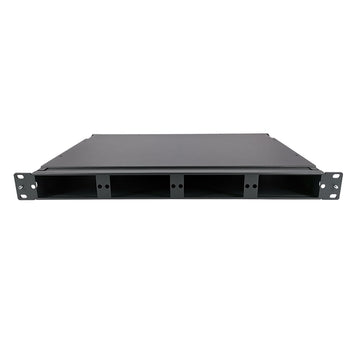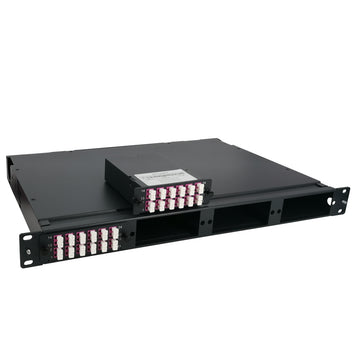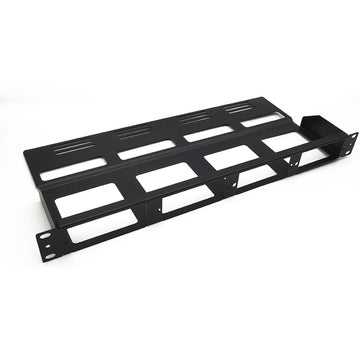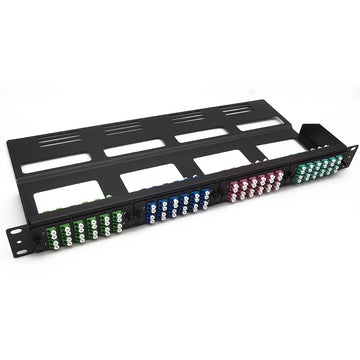What is PoE(Power over Ethernet)?
What is PoE(Power over Ethernet)?
The PoE standard was developed in 2003 to support devices like wireless access points (APs). Prior to that, individual vendors used various forms of proprietary PoE to provide PoE capabilities. Some of these proprietary PoE devices remain in use today. PoE installers must determine where these older, proprietary devices are located because they can prove to be troublesome or incompatible with the standard PoE devices that came later. Today's standard PoE devices make AP installations easier and more flexible, especially in ceilings, which can be difficult areas to wire for electrical power.
What is PoE?
Power over Ethernet (PoE) is a technology for implementing wired Ethernet local area networks (LANs) that enables the electrical current necessary for operating each device to be carried by Ethernet data cables instead of standard electrical power cords and wiring.
PoE technology sends 10/100/1000 Mbps of data and 15W, 30W, 60W, and up to 90W of power budget to devices over Cat5e, Cat6, Cat6a. Cat7 and Cat8 Ethernet cables for a maximum distance of 100m.
PoE technology relies on the IEEE 802.3af, 802.3at, and 802.3bt standards set by the Institute of Electrical and Electronics Engineers and governs how networking equipment should operate to promote interoperability between devices.
PoE-capable devices can be power sourcing equipment (PSE), powered devices (PDs), or sometimes both. The device that transmits power is the PSE, while the device that is powered is a PD. Most PSEs are either network switches or PoE injectors intended for use with non-PoE switches.
The most common types of PoE applications include:
- VOIP phones
- IP cameras
- Wireless Access Points
PoE can also power other devices, including:
- PoE lighting
- ATMs
- IP intercoms
- Security card readers
- IP clocks
How does PoE work?
For PoE to work, the electrical current must go into an Ethernet data cable at the power supply end and come out at the device end. With Ethernet, the power current can be kept separate from the data signal so neither interferes with the other. Current enters the Ethernet cable via a component called an injector. If the device at the other end of the cable is PoE-compatible, it will function properly without modification. If it is not PoE-compatible, a component called a picker, or tap, must be installed to extract the current from the cable. This picked-off current is routed to the power jack.
What are the advantages of PoE?
Cost efficiency: PoE eliminates the cost of hiring professional electrical installers.
Quick deployment: PoE simply requires plugging in networking cabling to the proper equipment to function correctly.
Flexibility: Network administrators can deploy powered devices at nearly any location. Shielded cabling can be used for outdoor environments. Industrial-grade powered devices can be used for industrial environments.
Safety: Because PoE utilizes a relatively low voltage, it presents low risks of electrical hazards.
Reliability: PoE falls under IEEE’s strict 802.3 standard specifications.
Scalability: PoE makes it simple to add new equipment to a network.
What are the disadvantages of PoE?
- Outages. A single PoE connection usually connects to multiple devices. If there is one failure in the stream of devices, all the devices go down.
- Power limits. Devices supported under the 2003 PoE standard are limited to 30 W. Devices requiring higher wattage must comply with PoE release IEEE 802.3bz.
- Higher switch costs. While PoE provides cost savings by combining power and data signals, PoE switches cost more than ordinary switches.
- Distance limits. PoE power transmission is limited to 100 m unless PoE extenders or other methods are used to supply power.
- Security. If network security is lacking, bad actors who want to penetrate PoE devices attached to these networks will have an easier time gaining access.
How does PoE reduce installation costs?
PoE installation costs are far less than installing traditional wiring, and the operating costs are far more efficient. One twisted-pair cable delivers both data and power to devices. Existing copper from legacy phone systems can also be repurposed. In addition, PoE injectors and splitters save money by allowing IT pros to combine legacy devices with newer, more efficient PoE networking components. They also enable organizations to add remote devices without having to install electrical infrastructure. Injectors and splitters are designed to provide power to and from non-PoE compliant equipment. These inexpensive units will add years to a legacy system and save thousands of dollars by bypassing the installation of electrical outlets in remote locations.
How are PoE deployments more responsive?
PoE devices adapt to changing environments. They can be easily moved and reconnected at the switch level and easily integrate into changing network configurations. PoE is plug-and-play. An entire network does not need to be brought down to add or subtract devices.
The future of Power over Ethernet
Power over Ethernet technology continues to evolve because it is such a flexible solution, which lends itself to more creative uses. One thing is for certain, PoE technology is getting more and more powerful. The latest PoE type, Type 4 (IEEE 802.3bt), came out in September 2018 and can now power some energy-efficient TV screens, which wasn’t possible before.
Interesting use of PoE to keep an eye on is PoE lighting. PoE can be used to power LED lights, which are rapidly growing in popularity due to their energy-saving capacity compared to old fluorescent lights. By connecting LED lights with Ethernet, it is possible to create a smart lighting environment.
Imagine an LED light programmed with an occupancy sensor and connected to your network via PoE. This setup could help you monitor the usage of a room and could even be used by office managers to optimize their workplace.












